A masterclass in making gin and steeping it at home
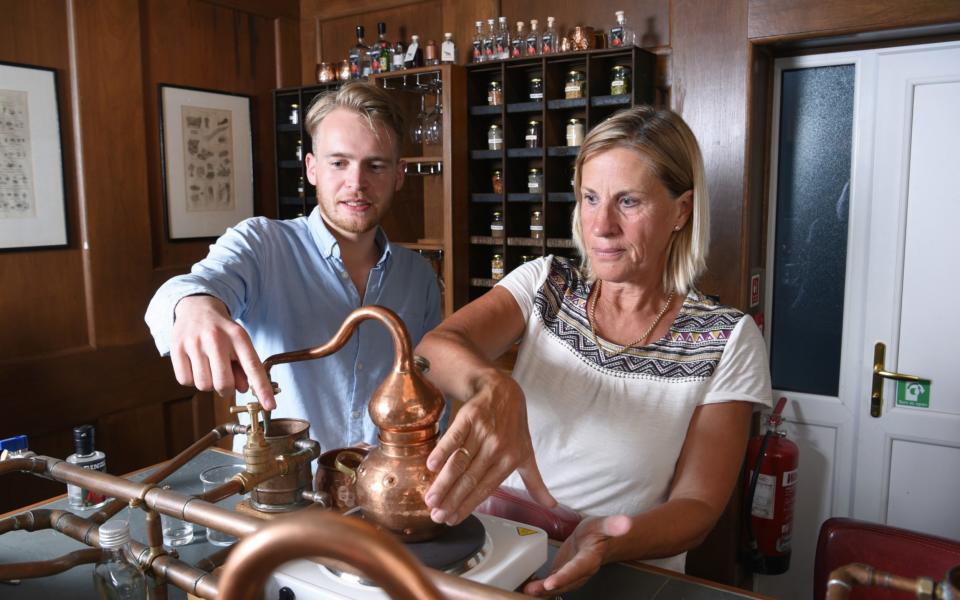
It’s the drink everyone is talking about, so how easy is it to make? Tom Ough goes to a Cornwall hotel to distil his own...
It’s not fluoride they’ve been putting in our tap water: it’s gin. Just enough to give us a taste for it, enough to make it quite suddenly the most popular tongue-burning spirit outside Pentecost. Gin has become ubiquitous, filling drinks shelves, filling shop displays, filling our mouths and our stomachs and our veins.
More to the point, there is not a woman on Tinder who does not refer in her bio to her love of gin. I yearned to control the means of production, and so resolved to learn how to make it. Teach a man to fish etc.
So here I am at the An Mor hotel in Bude, Cornwall, where Susan Van Rensburg is teaching me and a few others how to distil our own gins. The room is panelled with dark wood from ceiling to floor, and in the middle is the group’s workbench, a table covered with gleaming copper pipes and vessels. If Jules Verne had taught A-level chemistry it’d probably have been in a room like this.
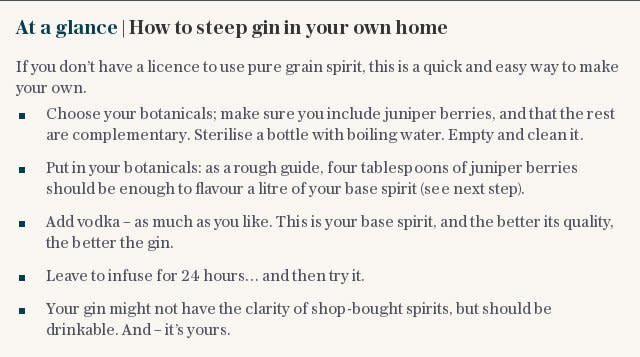
The spirit has moved in Susan, 58, since she was a teenager. Growing up in South Africa, she would often see and smell gin in the home of a beloved aunt, and now, as a hotelier-cum-gin-nut in Cornwall, she makes her own and shows others how to do the same.
She’ll shortly be helping us through the creation of our first gins, but before that we must master the tools of our trade, and by that I mean it is time to try a few. A lot in fact. Quaffing from shot glasses, we try a taste of spicy gin, fruity gin, citrus, floral, herbaceous…
If Jules Verne had taught A-level chemistry it’d probably have been in a room like this
The spicy stuff is too rum-like. Floral tastes like hen parties and perfume. My critical faculties blazing bright as ever, I decide that my gin, my very own gin, will taste of citrus.
How? Well, what’s gin made of anyway? Juniper berries and alcohol, yup, that’s right – but we are going to distil it rather than simply steep it. Quite a lot of people are now making gin at home – my housemate included – but, limited in their ingredients and equipment, have to steep their botanicals (i.e. juniper and other plant-derived flavours) in vodka.

“It can come out with a bit of colour in it,” says Susan of this kind of home-brew method (I immediately think of my housemate’s witchy bottles of dark amber). “And if you have to steep it like that you’re not going to get the tastes and aromas married.” (That’s an understatement. Sorry, housemate.)
A better way of doing it? Distillation – which is what all the copper stuff is for. Each of us has in front of us what looks like a copper naval mine, connected to a central piping system. This is a still – hence “distilling” – and each still is on a hotplate.
We will make our gin in the stills by adding botanicals to pure grain spirit alcohol, heating them, and then adding distilled water to get the mixture to a reasonable ABV (alcohol by volume).
I bring up the concept of “reasonable ABV” because the pure grain spirit is a preposterous 96 per cent; beer is about four per cent, wine about 12. Our gin will be less lethal than that, obviously, and will end up at an industry-standard 40 per cent or so, but we won’t dilute the alcohol until we’ve added all the botanicals.
A note at this point to would-be home distillers: if you want to do all this yourself you’ll need a rectifier’s licence and a compounder’s licence.
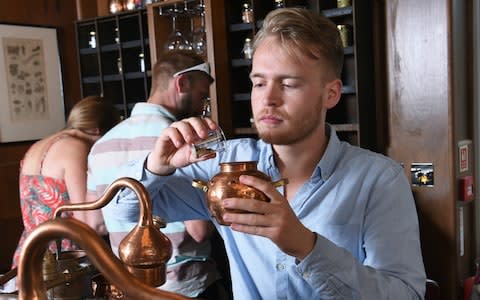
“We want juniper to be the dominant botanical,” says Susan, suggesting that we add coriander, “which always go with the juniper”, along with some orris root and angelica root. To this I add the citrus flavours: orange peel and lemon peel. My “Little Tart” gin is under way.
With the hotplates switched on, we get the alcohol to 172F. This is the temperature at which alcohol evaporates, and this kind of heat will ensure that the botanicals (which we drop into the still) will imbue the alcohol with their various, complementary (I hope) tastes. Of course the concoctions are at this stage far too strong. So we add the distilled water, lowering the temperature to about 113F.
For the next couple of hours, the gin drips off into beakers we’d placed beside each still.
We fill the time by discussing different types of gin, and the drink’s long history in Britain (imported from Holland by soldiers who’d used it to warm them in the cold, blamed for a period of debauchery known as the “Gin Craze”, out of favour for much of the past century, and currently extremely popular once again).
The first beads of gin to drip off are extremely strong – we try it, and it’s close to undrinkable. The middle part, though, is neither too strong nor (as with the final drops) too bitter.
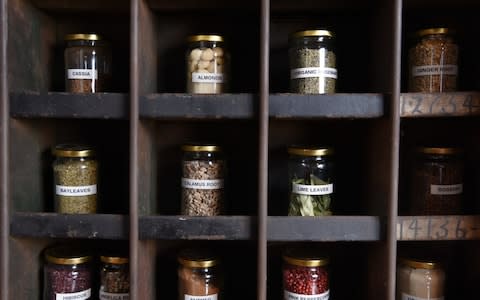
This, some time later, is the bit we keep – sealed in a little glass bottle, my “Little Tart” is complete. I try some of the middle part, and – it’s fine! I haven’t screwed up to the extent that it doesn’t taste of citrus.
It’s rather good, and I look forward to taking it home.
The first beads of gin are close to undrinkable, but the middle part that drips out is neither too strong nor too bitter
By the time we finish, it’s late. I’ve hardly looked at my watch all evening. I can see why gin-making is catching on.
I can almost see why Susan gets up in the middle of the night to write down a variation on a gin she’s developing (“I’m working on fennel at the moment with a bit of citrus,” she says. “That’s something I’m really enjoying.”)
The acid test, appropriately for citrus gin, is whether you’ll drink it without a mixer. Susan prefers it neat: “I’m really keen on the different flavours, which is why I prefer it without tonic, which changes them.”
For now I’m diluting mine – but there’ll be plenty of time to experiment before the modern gin craze dies down.
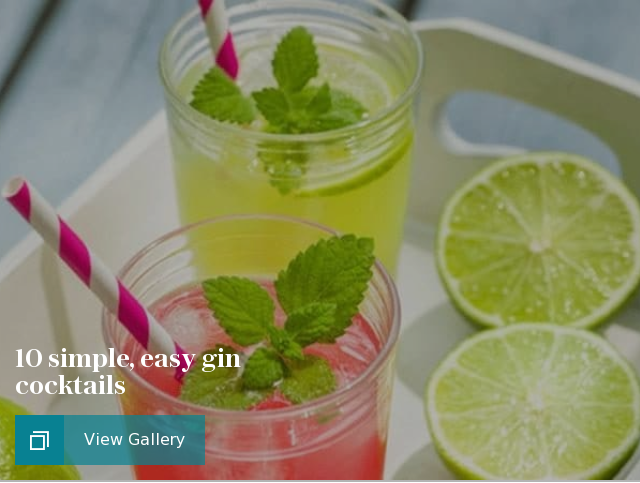

 Yahoo News
Yahoo News 